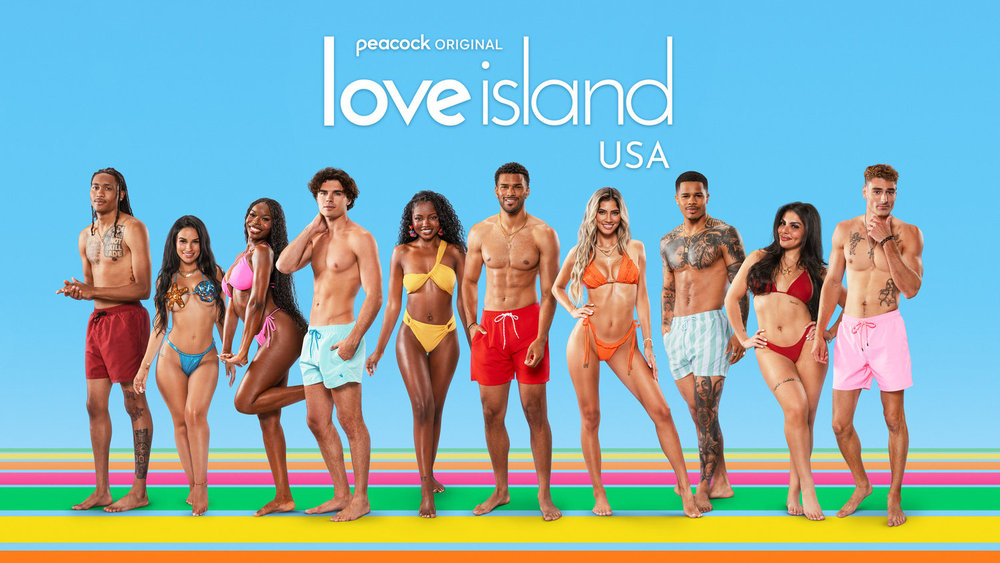The Oura Ring will soon be able to gauge how ‘old’ your heart is
Cardiovascular age is a proxy for how “stiff” your arteries are. | Image: OuraOura’s been busy this past year launching several new features — and folks with the Gen 3 version of the smart ring are about to get...
/cdn.vox-cdn.com/uploads/chorus_asset/file/25440512/BOTH_FEATURES_UI.png)
Oura’s been busy this past year launching several new features — and folks with the Gen 3 version of the smart ring are about to get two more. At the end of May, the company will roll out cardiovascular age and cardiovascular capacity metrics for gauging long-term heart health. Emphasis on long-term.
“The thing about cardiovascular age and cardiovascular capacity is that these are both metrics that you can actually impact,” explains Shyamal Patel, Oura’s head of science. Right now, Patel says, Oura’s current feature set has been much more focused on your near-term metrics. “With these features, we’re sort of introducing this idea of longer-term health. What are the things that you’re doing today? How are they contributing to your health in the longer term, your health span, your longevity.”
Oura defines cardiovascular age as how old your vascular system is compared to your chronological age. The smart ring has photoplethysmography (PPG) sensors — the green LEDs that many wearables use to measure heart rate — and from that sensor, it can measure pulse wave velocity to determine arterial stiffness.
The gist is the stiffer your blood vessels, the less efficient your vascular system. Your heart has to work harder, and your organs receive more wear and tear, as stiffer blood vessels can’t adapt as well to changes in blood pressure as more flexible ones can. After about 14 days of tracking, Oura Ring users will get a readout that says whether you’re trending above, below, or in alignment (plus or minus five years) of your chronological age.
Image: Oura
Oura’s cardio capacity feature may be a bit more familiar to wearable users. Oura Ring owners will be able to take a six-minute test in which they’re prompted to walk as fast as they can. From that test, the ring will give you a VO2 Max estimate.
VO2 Max is a metric that measures your cardiorespiratory health. A higher VO2 Max generally means better performance in endurance sports. As it stands, you’ll usually find this metric highlighted in devices that cater to athletes — like the Whoop 4.0, Garmins, and Polars. Oura’s philosophy for VO2 Max, however, intentionally shifts away from a sports-centric focus.
“Anything that you can do to improve your sort of cardiorespiratory capacity is going to also have long-term health benefits. So for us, the approach is more about giving you a window into what it might mean,” says Patel. For example, the app will tell you what climbing five flights of stairs may feel like in 10 years on your current trajectory, versus one where you improve your VO2 Max.
The timing of these features also can’t be ignored. After years of being the dominant player in the space, the smart ring space is starting to heat up. Most notably, Samsung announced it’ll be launching its first smart ring later this year. Given that, it makes sense that Oura is eager to flex its expertise and reputation for investing heavily in scientific research. (Cardiovascular age, for example, was a passion project of one of its biomedical engineers that took several years of testing and development.) The company also recently launched a labs feature, which allows its users to partake in beta features like early illness detection. Patel says the company has further plans in the pipeline, with more updates planned for 2025.

 Tfoso
Tfoso 


























.jpg&h=630&w=1200&q=100&v=a905e78df5&c=1)



.jpg&h=630&w=1200&q=100&v=a905e78df5&c=1)

